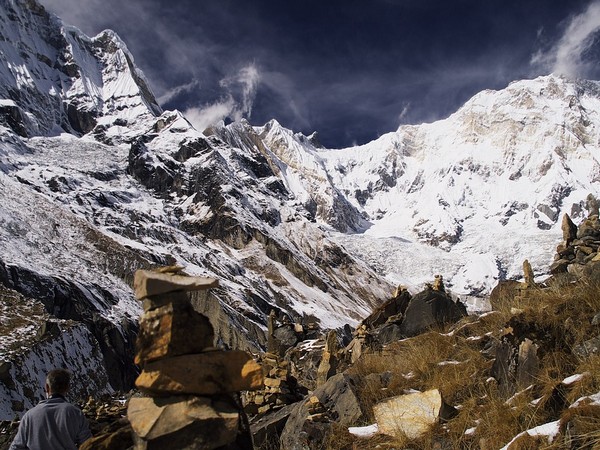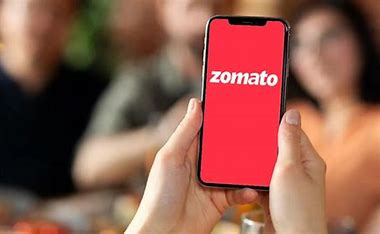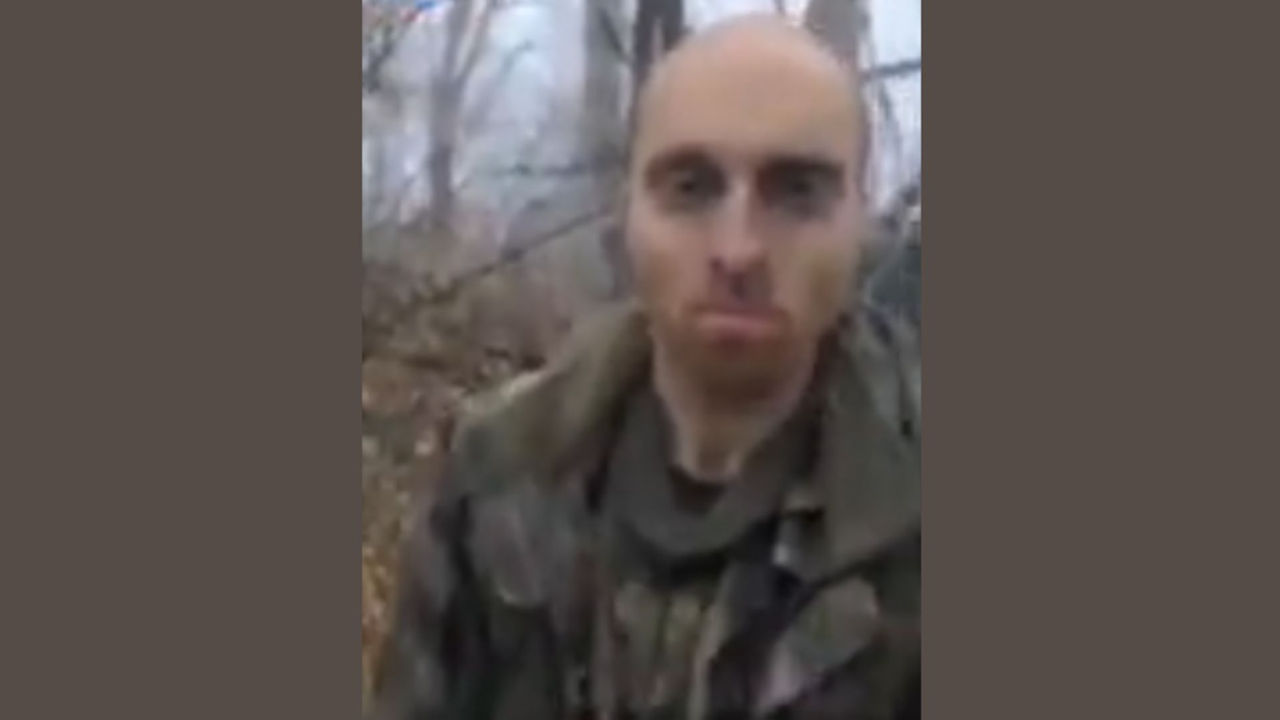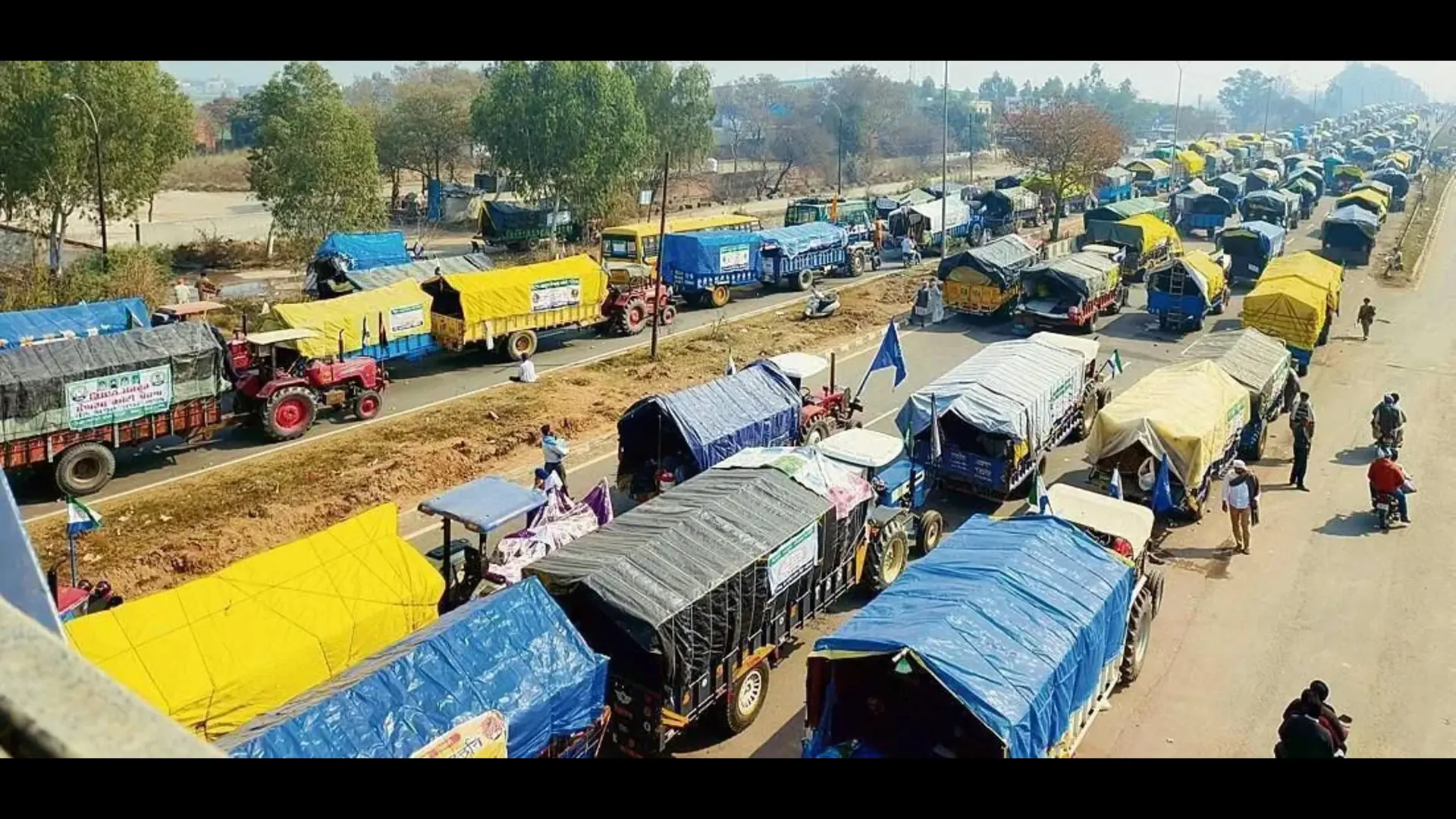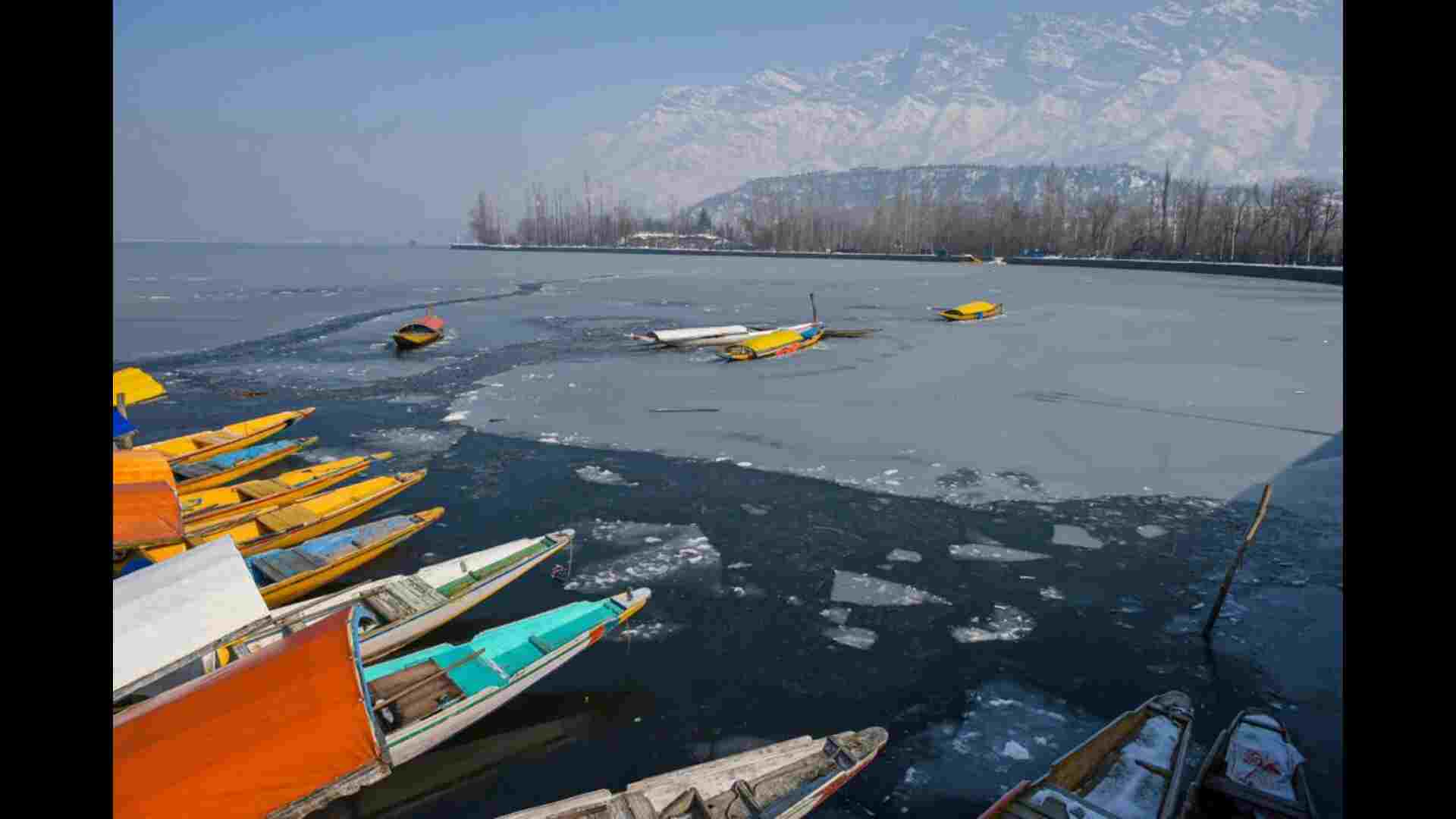This 19,day of January every year is in memory of the Kashmiri victims of the Holocaust on 19th January 1990 and continued selective killings of Native Kashmiris till date: is the day on which all of us must reassert our commitment to HUMAN RIGHTS. We must also go beyond remembrance, and make sure that new generations know this history. We must apply the lessons of the Holocaust to today’s world. And we must do our utmost so that all peoples may enjoy the protection and rights for which the Constitution of India and UN Charter on Human Rights jurisprudence stands. United Nations resolutions,rejects any denial of the Holocaust as an event and condemns all manifestations of religious intolerance, incitement, harassment or killings and violence against persons or communities based on ethnic origin or religious belief. It calls all the nation states to dismantle the state and non-State perpetrators of the terror/holocaust. 19th January 1990 is the darkest day in the history of Kashmir.The aborigines population and the minority Kashmiri Pandit community was driven out and exited at gun-point from the Kashmir Valley. They became refugees in their own Country and sought refuge in Jammu, Delhi and various other places. They left their homes and hearths behind which now stand destroyed, sold for peanuts in distress and mostly have been forcibly occupied by the armed insurgents. I am a Kashmiri and the proud member of the Kashmiri Pandit community which is a ethnic minority of the erstwhile state of Jammu and Kashmir and now a Union Territory,till today there is no end to the selective killings of Kashmiris particularly the Kashmiri Pandits living in Kashmir. Kashmir today is without Kashmiri Pandits. A religious minorily, with its more than 5,000 years of evidenced history and roots linked with Kashmir,under a concerted plan of ethnic cleansing, forcibly hounded out enmasse from their natural habitat. Kashmiri Pandits are the aborigines natives with more than five thousands years of roots engraved in the soil of the Valley.Kashmir is a part of India.The idea of India in Kashmir is in Perpetual peril. Kashmir’s plural ethos, composite culture and heritage lay shattered and completely destroyed by the radicals and terrorists, materially,morally and politically helped by Pakistan. To avenge their defeats at the hands of India, Pakistan embarked on sponsoring terrorism in Kashmir. It is a matter of common knowledge that, for the last thirty years, the people of Kashmir, particularly Kashmiri Pandits and Hindus of the Doda district in Jammu, in particular, are killed and remain under constant threat from the Pakistani-sponsored militants. They lured and tempted the uneducated youth to take arms against their own brethren with whom they had lived for centuries in peace and tranquillity. The armed insurgency is orchestrated,supervised, controlled and directed from across the border, sophisticated weapons are smuggled into Kashmir by the Pakistan army and their ISI agency and lethal weapons are pumped into the Valley and elsewhere in the Jammu region.These arms are not only meant for fighting the Indian security forces but are used for killing the innocent local people. It is one of the the most barbaric, inhuman and dangerous venture which launched against innocent Kashmiris consisting of Muslims, Hindus, Sikhs and other communities by Pakistan with the active participation of the locally recruited militants. The Kashmiri Pandit community and the mainstream Muslims were the prime targets of the armed terrorists. Terror reined hundreds of Kashmiris were brutally killed,the State Government collapsed,the Indian State was in a state of mess because of opportunistic collation government at Centre And;finally in January 1990 the minority Kashmiri Pandit community was driven out at gun-point from the Valley. They became refugees in their own homeland and sought refuge in Jammu, Delhi and various other places. They left their homes and hearths behind which now stand destroyed or have been forcibly occupied by the armed insurgents. The Pakistan and the Kashmiri terrorists have a direct responsibility for the disaster which the armed insurgents have heaped on the Kashmiri people.shockingly it all was inflicted in the name of religion. The wholesale massacre of the Kashmiri population innocent and unarmed was termed by a narrative as ‘Holy War’. Kashmir today is without Kashmiri Pandits. A religious minorily, with its more than 5,000 years of evidenced history and roots linked with Kashmir,under a concerted plan of ethnic cleansing, forcibly hounded out enmasse from their natural habitat. This community was reduced to minuscule minority by cultural aggressions in the past and, therefore, in 1947, according to census figures, the population of this community was 15%, in 1981 5%, in 1991 .01% and In today time of enlightenment a big 99.9% of this community population has been forced to flee Kashmir and live as refugees in their own Country. These five hundred thousand Kashmiri Pandits live in abysmal/appalling conditions, ‘as refugees’, in camps in Jammu and Delhi. This mass exodus of 1990 was followed by sustained terror, rapes, murder, loot and kidnappings. About 1,500 Kashmiri Pandits, including women and children, were brutally killed, about 250 religious shrines were burnt down and fifty thousands agricultural families deprived of their lands, twenty thousand business establishments looted and devastated, more than thirty thousands of houses reduced to ashes and 90% of the houses looted and about twenty thousands vacant houses and other properties left behind have been forcibly occupied. As a result of this carefully drawn-our strategy and plan of ethno-religious cleansing of Kashmin Pandits by the armed insurgents, this community is today scattered, devastated and disintegrated. Pakistanis engaged in trans-border terrorism and indulged in international crimes characterized as gross human rights violations and akin to Genocide. The mercenaries, after wearing Army uniforms, indulged in killings masquerading as army personnel to unleash hatred against the security forces who are engaged in safeguarding the lives and property of the people. The aborigine Kashmiri Pandits were forced to flee the Kashmir valley as a result of a concerted plan of ethnic cleansing with the strategy of killing one and scaring a thousand by JKLF terrorists and Islamist insurgents during late 1989 and 1990 onwards. Living in the Valley for more than 5,000 years, the entire population of 5-6 lakh Hindus was exiled by inflicting death, destruction, loot, grabbing of leftover immovable properties, agricultural land and orchards etc, by the settlers/JKLF and other native terrorists. The brutal murders of Kashmiri Hindus started over 30 years ago on 14 September 1989 when the tallest KP and BJP leader, Pt Tika Lal Taploo, a prominent lawyer of the Srinagar Bar was murdered. He fell victim to the JKLF terrorists’ bullets just outside his home in downtown Srinagar. His killing set off a series of target killings of KP leaders by the triggerhappy terrorists who used to celebrate counting the heads killed. This dance of death continued to the extent that a killer terrorist confessed on local TV channels that he had killed KPs in double digits and had lost the exact count. Retired District and Session Judge Pt Neelkanth Ganjoo was killed on 4 November 1989 in Hari Singh High Street Market. Ganjoo had presided over the trial of JKLF founder Maqbool Bhat in the murder of police inspector Amar Chand in 1966. In August 1968, he sentenced Bhat to death. This sentence was upheld by the Supreme Court in 1982. Bhat’s execution was carried out in Tihar jail. On 30 April 1990 at village Shali, in the Kokernag area of district Anantnag, three armed militants kidnapped a renowned freedom fighter, teacher and scholar, Pt Sarvanand Koul. Sensing something amiss, his younger son Virendra Koul requested the gunmen that he be allowed to accompany his father. He joined his father, but two days later two dead bodies were found hanging with their limbs broken, hairs uprooted, and portions of their skin slit open and burnt. The dead poet and teacher was the 67-year-old Kashmiri Hindu Pandit Sarvanand Koul “Premi” and his youthful son Pandit Virendra Koul. Late Pt Sarwanand Koul Premi was so popular that Jammu and Kashmir government last year decided to introduce the Urdu version of Shrimad Bhagavad Gita and the Kashmiri version of Ramayana authored by the late Premi in all educational institutions of Jammu and Kashmir state for the benefit of the students. Another renowned son of the soil and a senior lawyer of Anantnag bar, Pt Prem Nath Bhat was killed. Director Doordarshan, Pt Lassa Koul, Special Director Food Supply department, A.K. Raina, Satish Tikoo, Ms Sarla (was sawed by a blade), Ms Ganjoo of Sopore, officials of Intelligence Bureau and hundreds of members of the KP community were brutally murdered to get rid of the entire KP community from the soil of Kashmir. The terrorists mercilessly killed Chuni Lal Shalla, Inspector Jammu and Kashmir Police (CID) of Seer Jagir, Sopore while he was travelling in a bus from Kupwara to Sopore. “By March 1990 most of the Pandits had left valley to save their lives and honour.” There are hundreds of similar stories of gruesome killings, torture, intimidation, loot and plunder of properties of Kashmiri Hindus by the terrorists and their local sympathisers. After individual killings, the mass massacre of Hindus started, which frightened the leftover families living in different parts of Kashmir. The massacres in Sangrampora, Wandhama, Chatisingpora, and Nadimarg alone consumed more than 60 innocent lives of Kashmiri Hindus and Sikhs, who included infants, children, young, elderly and also women. The Sangrampora massacre claimed seven Kashmiri Pandit Hindu villagers in Sangrampora village of Budgam district on 21 March 1997 by Islamic terrorists. This was the first series of massacres which selectively targeted minorities in Jammu and Kashmir. The victims were lined up and the Islamic terrorists shot and killed seven people. The Wandhama killings of 1998 claimed 23 Kashmiri Pandit Hindus in the town of Wandhama on 25 January 1998. The victims included four children, nine women and 10 men. The attackers also demolished a Hindu temple and a house. The then Prime Minister of India, Inder Kumar Gujral joined the mourners in Kashmir’s Wandhama village on 28 January. The Prime Minister was anguished and expressed heartfelt condolences. He was accompanied by then Governor General, K.V. Krishna Rao. The Nadimarg massacre claimed 24 Hindu Kashmiri Pandits in the village of Nadimarg in Pulwama district of Jammu and Kashmir by terrorists on 23 March 2003.The selective killings of Kashmiri Pandits continue even today. The communalism had manifested viciously from 1947 onwards but was confined to discrimination against the members of religious minority at the administrative levels and in educational and professional institutions. The murder and massacre became an order, starting with the murder of police inspector Amar Chand of Nadhal, Bandipora, in 1966 by JKLF terrorists and its so called founder Maqbool Bhat, who was tried for the inspector’s murder. In August 1968, Maqbool Bhat was sentenced to death. The sentence was upheld by the Supreme Court in 1982. Bhat’s execution was carried out in Tihar jail, thereafter after having availed all the mercy remedies under the Constitutional process. 1986 became a turning point in the vicious communal campaign against the KP community. In February 1986, the communal settlers incited the Kashmiri Muslims by a virulent propaganda that “Islam khatrey mein hey (Islam is in danger)”. As a result, Kashmiri Pandits were targeted by the Muslims. Many incidents were reported in various areas where Kashmiri Hindus’ properties and temples were damaged and destroyed. The worst hit areas were mainly in South Kashmir and Sopore. In Vanpoh, Lukbhavan, Anantnag, Salar and Fatehpur, Muslim mobs plundered or destroyed the properties and temples of Hindus. During the Anantnag riot in February 1986, although no Hindu was killed, many houses and other properties belonging to Hindus were looted, burnt or damaged. The incumbent state government was dismissed. On 12 March 1986, Governor’s Rule was imposed. The political narrative unfolded on deadly communal lines and was portrayed as a conflict between “Hindu” New Delhi (Central Government)—and its efforts to impose its will in the state— and “Muslim” Kashmir, represented by political Islamists and clerics. The Islamists had organised under a banner named Muslim United Front, with a manifesto to work for Islamic unity and against political interference from the Centre, and contested the 1987 state elections, in which they lost again. However, the 1987 elections were widely believed to be unfairly conducted, so as to bring the secular parties (NC and INC) in Kashmir at the forefront, and this caused the trigger point to insurgency in Kashmir. The Kashmiri militants killed anyone who openly expressed pro-India policies. Kashmiri Pandits were targeted specifically because they were seen as presenting Indian presence in Kashmir because of their faith and pronounced patriotism. Though the insurgency had been launched by JKLF, groups rose over the next few months advocating for the establishment of Nizame-Mustafa (Rule of Muhammad). The Islamist groups proclaimed the Islamicisation of socio-political and economic set-up, merger with Pakistan, unification of ummah and establishment of an Islamic Caliphate. Liquidation of Central government officials, Pandits, liberal and nationalist intellectuals, social and cultural activists was described as necessary to rid the valley of un-Islamic elements. > Pakistan’s strategy of continuing a low-intensity war with India has the following components, (i) intensification of terrorist activities in a wide area extending from J&K to other parts ii) strengthening the strategic alliance between Kashmiri militants and international terrorist groups; (iii) focusing on coordinated attacks by the militant outfits on the security forces in J&K and elsewhere (iv) using the neighbouring countries to the north and east of India for executing terrorist activities in India and (v) Unleashing false propaganda against India. Through revamping the clandestine TV channels run by ISI, other media networks. Pakistan and ISI agency has a direct hand in infiltrating Afghans and other mercenaries into J&K State and in creating militant outfits , that have been declared as a terrorist outfit by UN and USA. ISI has spread its tentacles in communally sensitive areas of UP, Bihar and Assam for creating a nexus between various Pan-Islamic outfits. Indo-Pak border vulnerability to drug trafficking is being used by ISI. The menance of drug trafficking along the Indo-Pak border has assumed alarming proportions.

